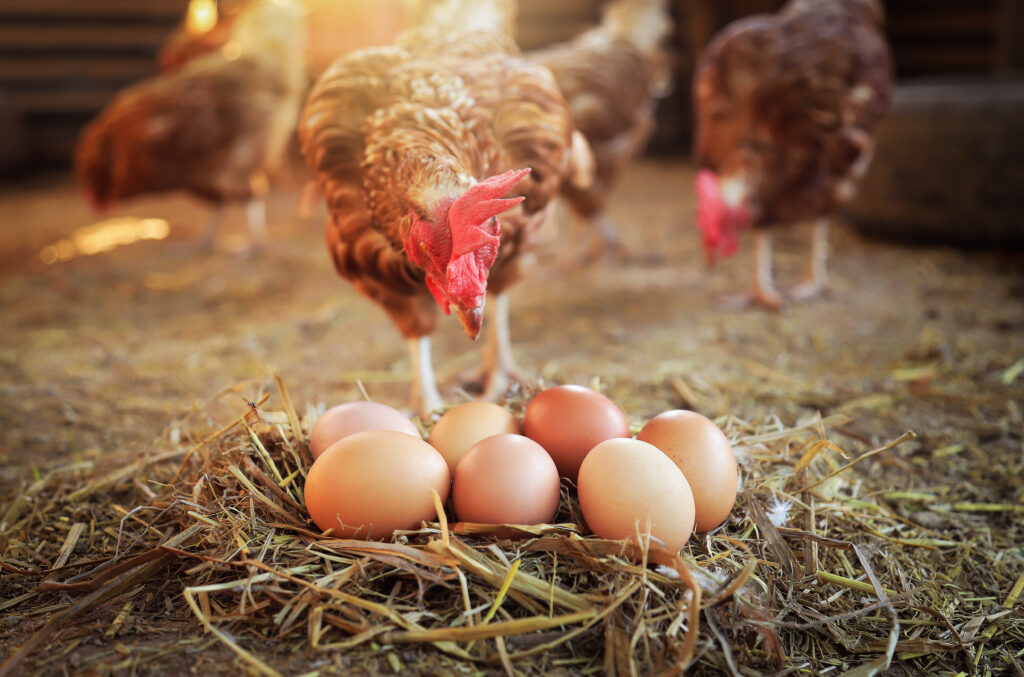
HELLO & WELCOME
Thanks for visiting my little piece of the internet!
I’m Maria, a lover of furry things, coffee and anything creative. This blog is where I love to share affordable home decor ideas, great DIYs, yummy recipes, unique crafts and so much more.
ETSY SHOP
RECENT POSTS

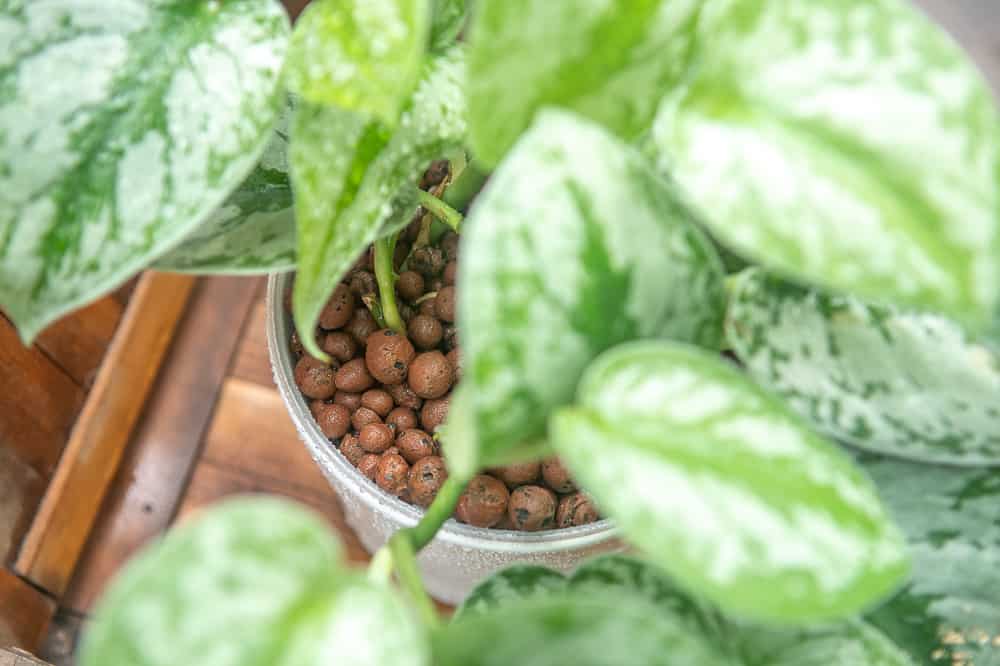
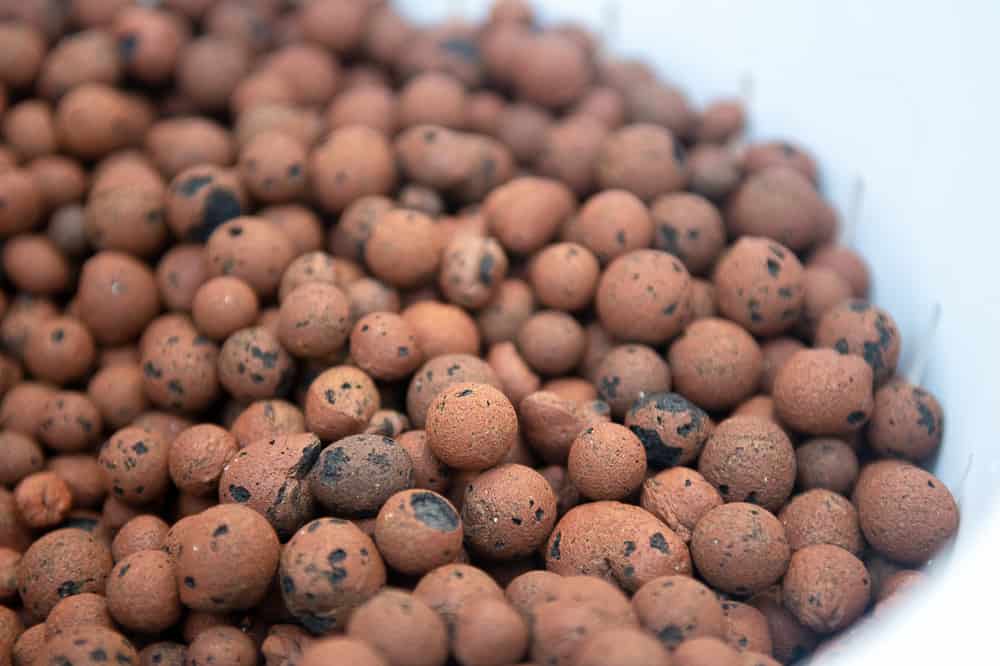
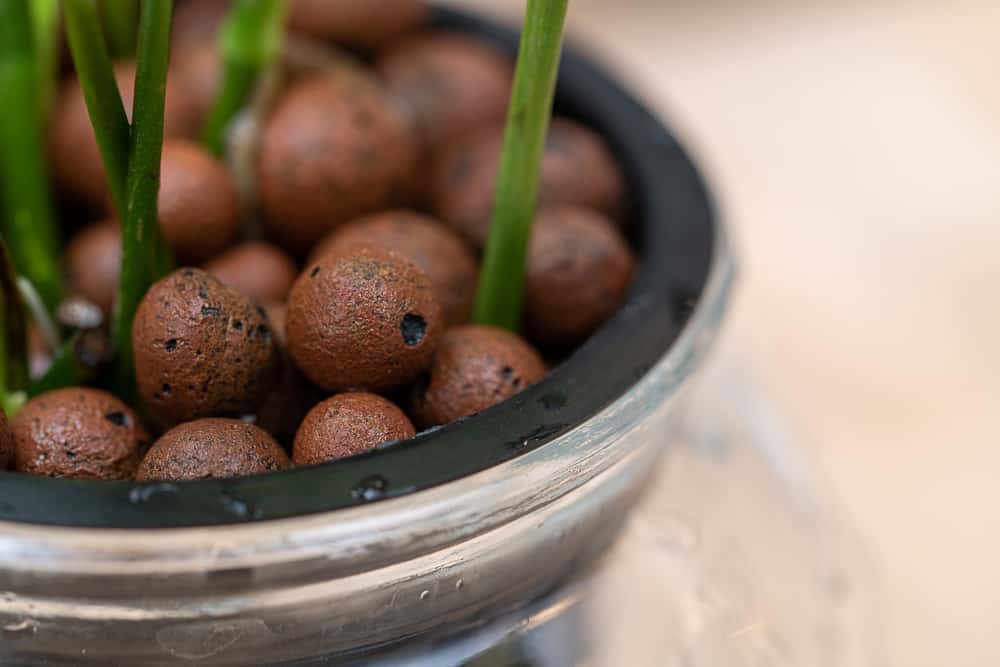
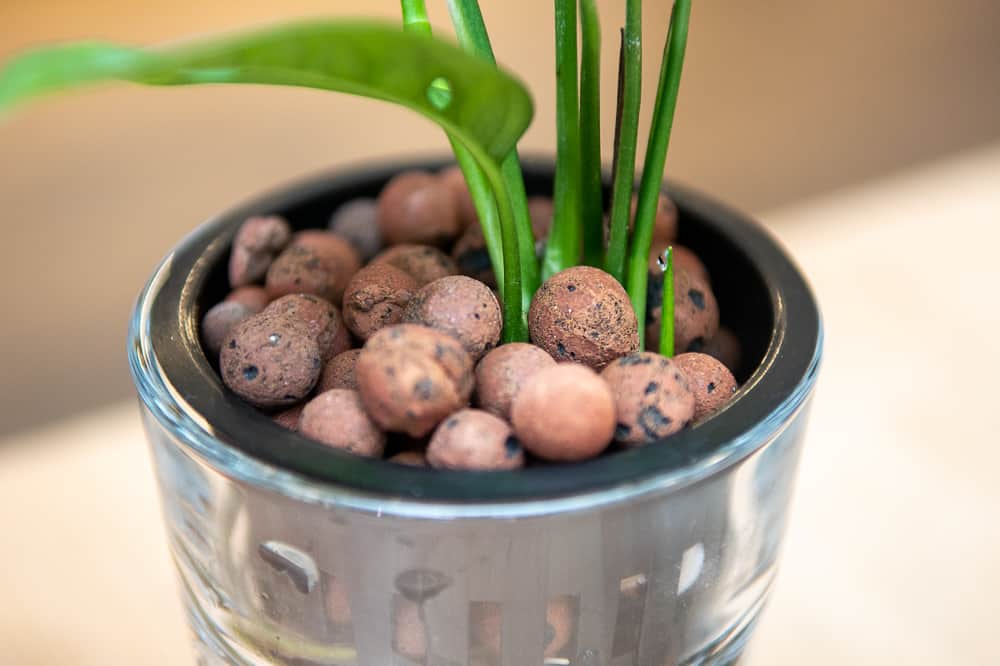

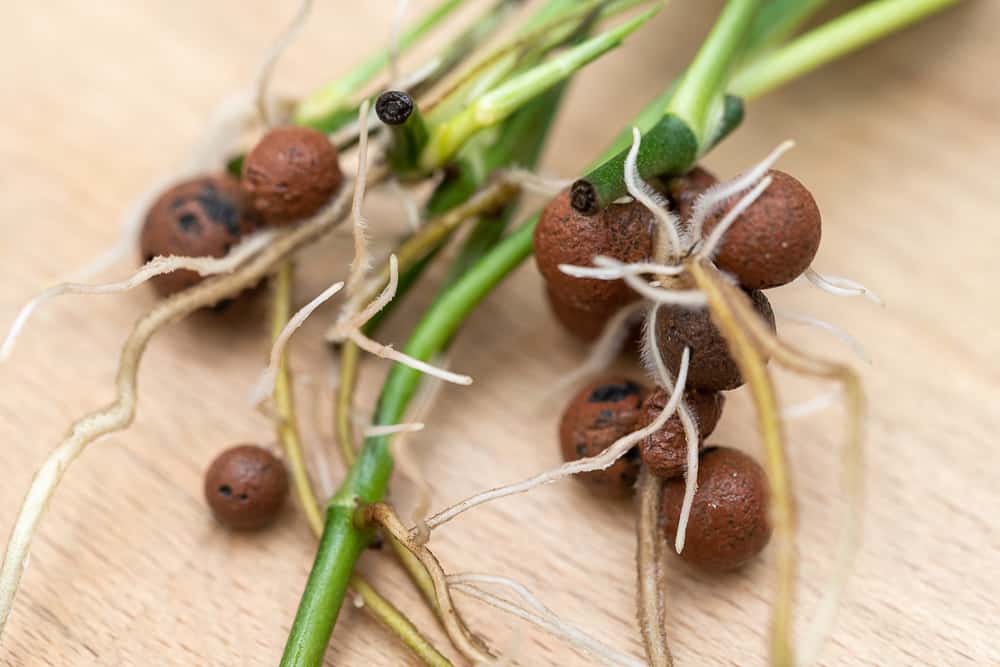
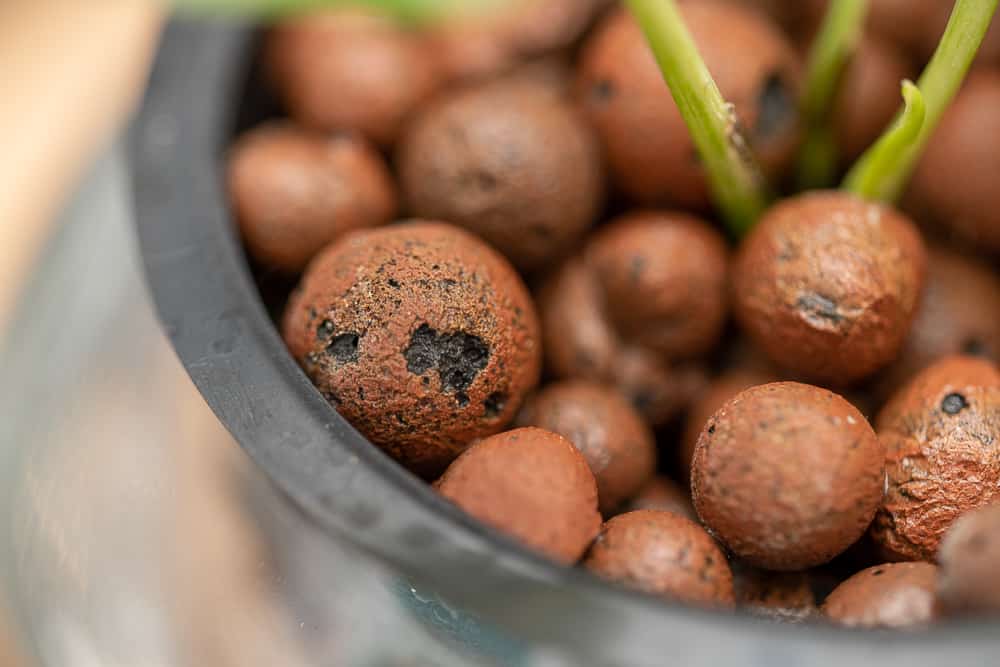


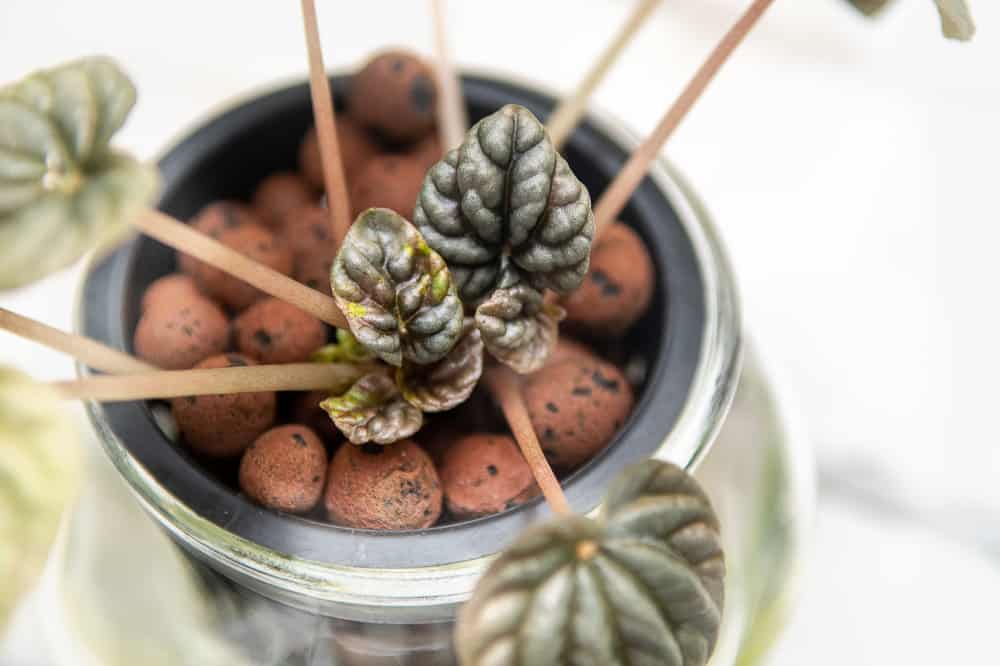
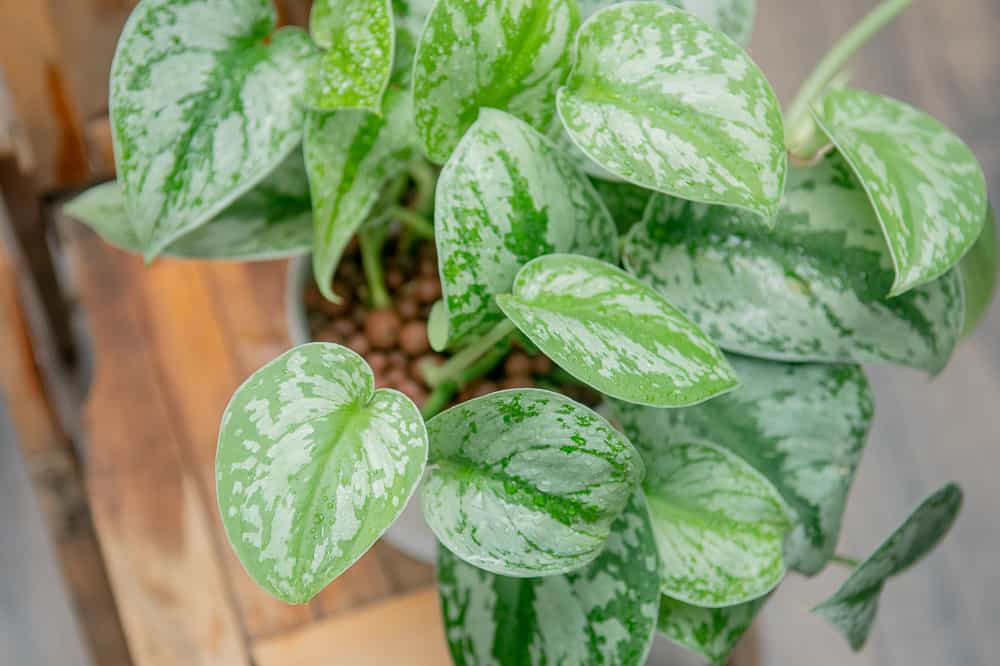







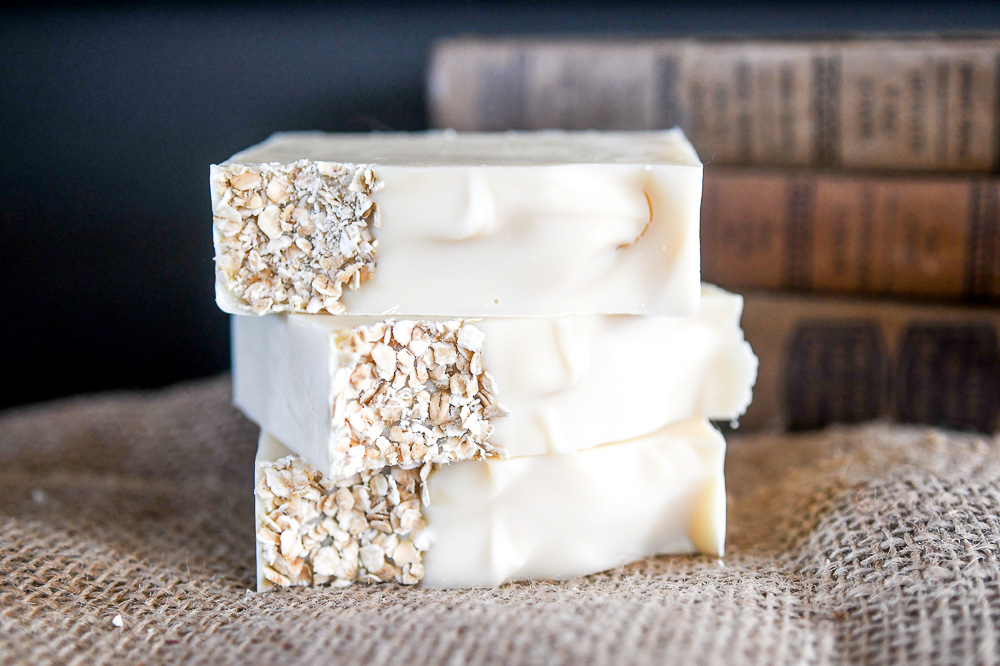
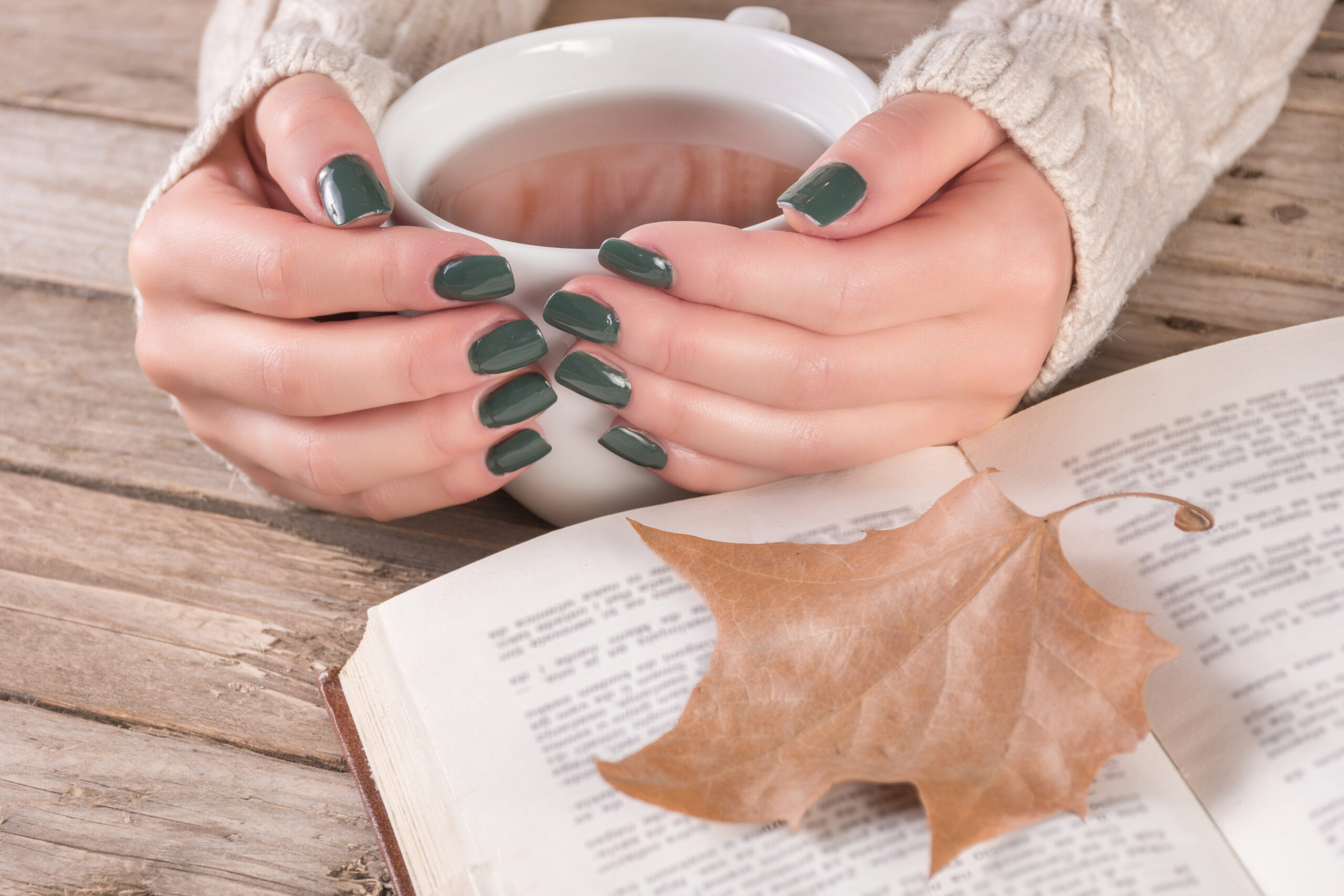
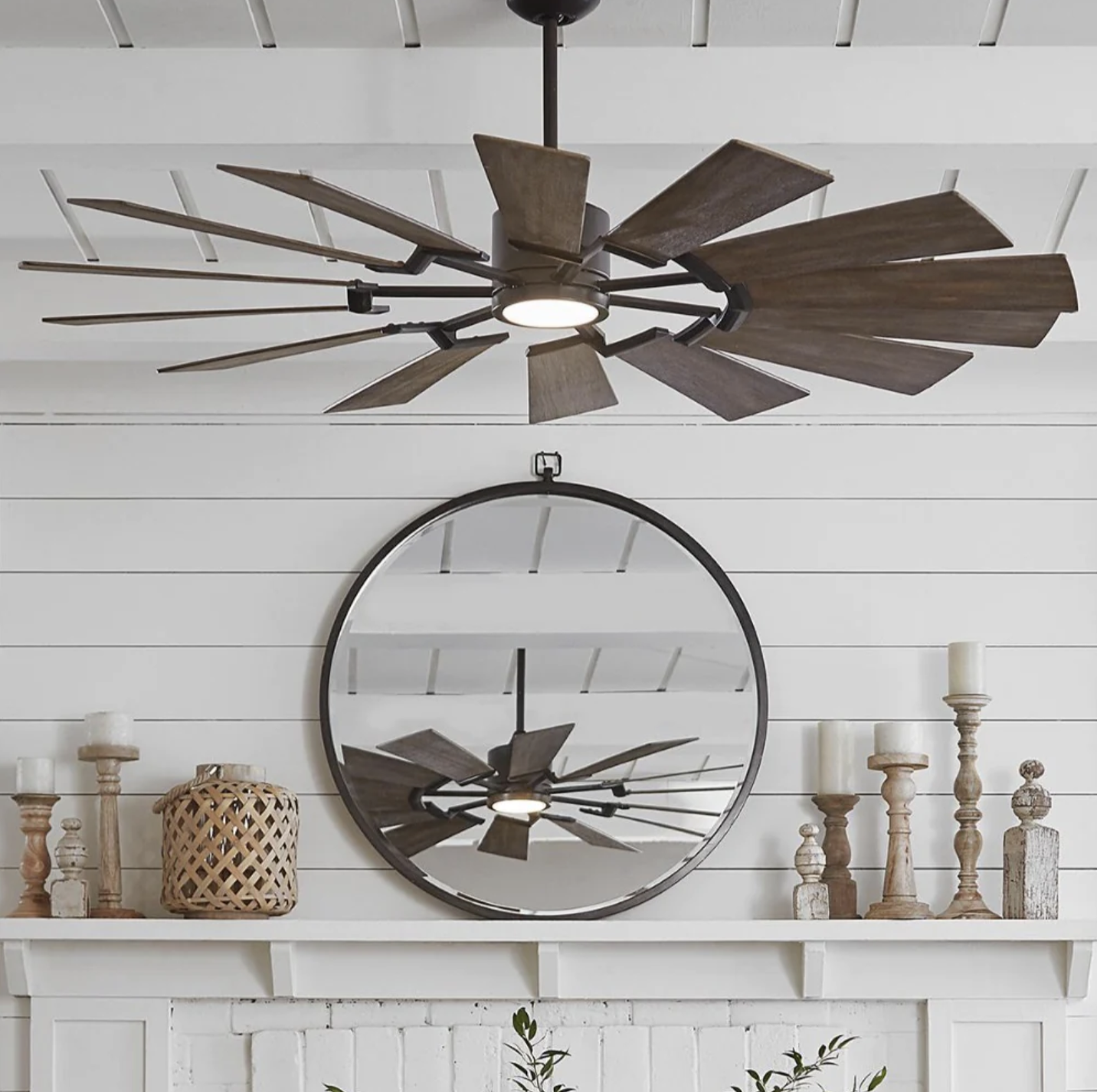


4 thoughts on “What is LECA and How It Can Help Your House Plants”
Super helpful! Thank you. One question, how exactly do you use “SUPERthrive in your water changes and when rooting plants in LECA.”. Do you soak the leca in it?
Jennifer,
Great question. I add a little superthrive in a watering can and then fill. A cap full goes a long way! Once every other watering is plenty.
Happy growing!
XOXO,
Maria
Pingback: Advantages of using LECA to grow your plants - Out of Town Blog
Pingback: How to Convert Plants to LECA: A Semi Hydroponic System • Maria Louise Design